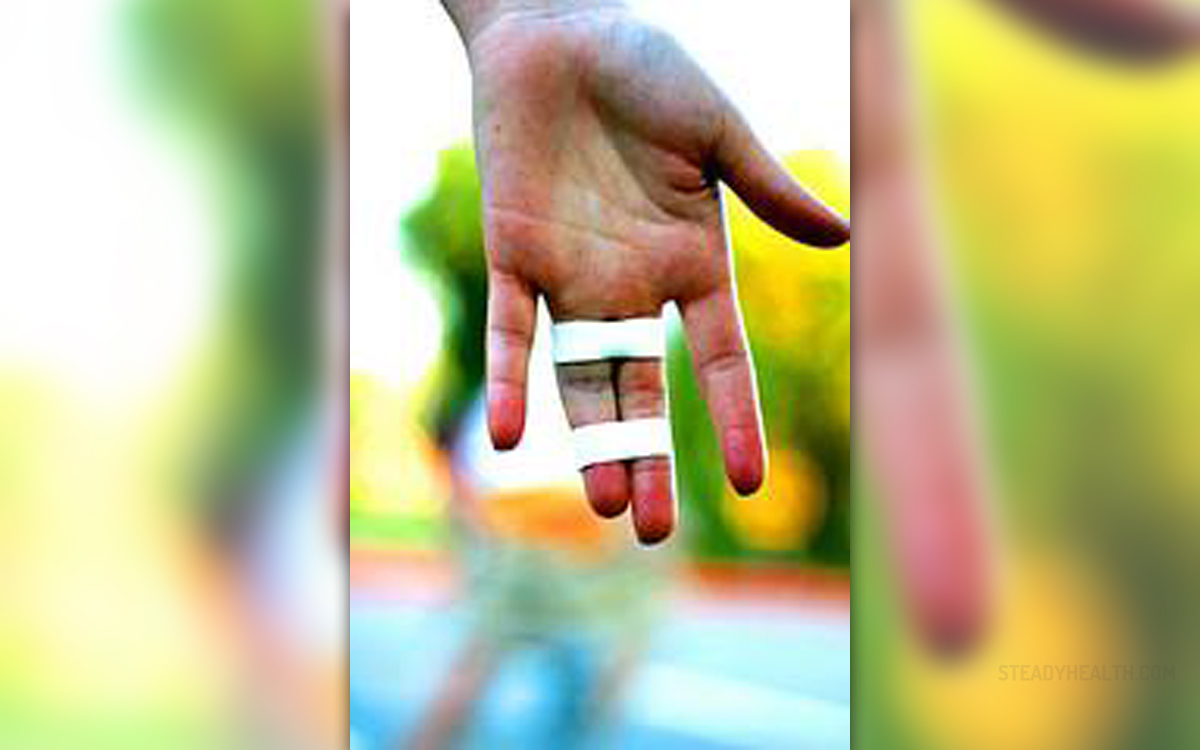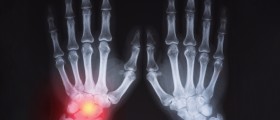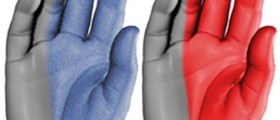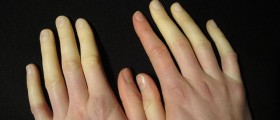
Inflammation of tendons located in the fingers and thumbs can lead to a condition known as Trigger Finger and Trigger Thumb. These tough tendons, which connect the forearms to the digits, facilitate the bending and extension of the fingers and thumb. Usually well lubricated - thanks to a membrane called the synovium - inflamed or swollen tendons may cause a narrowing of the tendon sheath, a protective covering surrounding the tendons. This may lead to a snapping or popping and a resultant locking or catching of the digit affected.
Repetitive, constant movement of the fingers and thumb - such as through farming, industrial work or the playing of musical instruments - can contribute to the development of the affliction. Underlying medical conditions like rheumatoid arthritis, gout or diabetes may also lead to the development of trigger finger. Those who rely heavily on the use of the fingers and thumbs will clearly be more susceptible to this condition. The condition is seen more often in females and occurs most often amongst those aged 40 to 60 years old.Symptoms
An indicator of the presence of the condition is a soreness felt at the base of the digit, while a prime symptom of the condition is a clicking or snapping while Flexing or extending the affected finger. A lack of activity may worsen the condition, but this may be alleviated through increased movement. Occasionally, the affected area may simply lock in a particular position. This will occur if the condition worsens. Contraction of the joints and stiffening may be seen over time. Trigger finger may lead to visible swelling and often a bump or nodule may be seen over the joint in the palm of the hand. Treatment and Recovery
The condition is diagnosed without x-ray or lab tests and treatment begins with an attempt to limit activities that may aggravate the affected finger. A splint may be used ro reduce joint movement and should symptoms persist, anti-inflammatory medication may be used. Steroid injections may also be advised. If these measures do not resolve the condition, surgery may be required.The majority of patients see significant recovery within weeks through rest and the limitation of aggravating activities. However, the recovery time will vary from patient to patient and will also be dependent on the complexity of the condition. Certain methods may also prolong revovery time - for example, if a splint is applied, it may require up to six weeks until recovery.
















-Symptoms,-Diagnosis,-Treatment_f_280x120.jpg)
Your thoughts on this
Loading...